Or will they? Perhaps you’ve just rolled out a new system. Or you’ve changed a core job process. Or maybe you’ve hired a new set of leaders. What do you do before letting your employees loose on the job? Train them! And yet for some reason, they don’t always do what you want.
In 2016, companies around the world spent $359.3 billion in training their employees according to TrainingIndustry.com (source). Within North America, companies spend $161.7 billion. Outside the misspent dollars and time, when behaviors don’t change, there are other implications.
- Your company doesn’t realize the benefits of a change.
- Leaders point fingers and want answers about what went wrong.
- Managers become frustrated because they’re not getting the outcomes they’re accountable for.
- Employees lose productivity, confidence, and might suffer real impacts to their rewards and careers.
As a learning professional, I certainly don’t want these outcomes for my clients. While there’s no guarantee of on-the-job performance, there are five things you can do to improve your chances. Think of this plan as your CREST for success!
- Commit. When your company is making a change, get your senior leaders on board from the outset. Have them define what success looks like. Ask them to model the changes they want to see. When they champion the behaviors, employees are more likely to adopt them.
- Reward. When you see it, reward it. As employees start to adopt new behaviors, reinforce their actions. Make it public and immediate. Don’t wait until the next staff meeting to call out a victory. Send an email to the team describing the success and the positive outcome. Forward positive messages from customers to the team. Show that you know what success looks like, you see it, and that you care about it.
- Embed. So often, learning is a one-time event. Right before the change happens, you train employees and expect them to remember it all. But there is always a lag between when employees learn new behaviors and when they need to perform. So embed the learning into the job. Train and support new skills and behaviors as they come up naturally, in real life.
- Support. Performance support, like online help and job aids, is another way to move learning closer to on-the-job performance. And remember your walking, talking performance support: super-users or peer experts should be available when employees need them.
- Test. After completing a training program, assess employees to make sure they can demonstrate the skills and behaviors your organization needs. Make the tests objective and performance-based.
Apply CREST to your learning program and you’ll likely see more of the employee performance you want.



